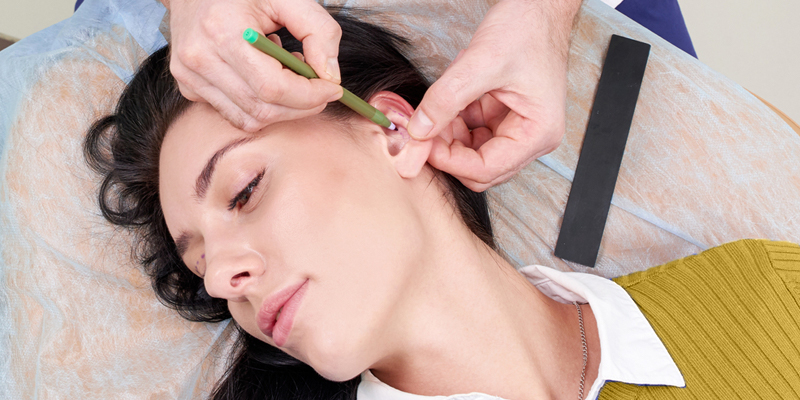Otoplasty, also known as ear deformity correction, is a surgical procedure aimed at altering the shape, size, or position of the ears. It is typically sought after by individuals who are unhappy with the appearance of their ears due to reasons like injury or birth defects.
Otoplasty may be considered if
You have ears that are notably prominent or disproportionately large.
– Your ears protrude significantly from your head.
– You are dissatisfied with the natural shape of your ears.
– You’ve had a previous ear surgery that did not meet your expectations.
Otoplasty is a valuable procedure that can enhance your appearance and boost self-confidence by reconstructing or repairing the outer ear.
The most suitable age for an otoplasty is typically when a child is over the age of 5, as approximately 90% of their ear growth is completed by that time. Nevertheless, individuals of any age can opt for this treatment.
What to Anticipate from the Procedure
Otoplasty can be performed using various techniques, determined by factors such as age and individual requirements. Our team of experts at Orange Tree Clinic can guide you in selecting the most suitable approach. Consultations with our experts are provided at no cost to help you find the best solution.
Several methods for correcting ear deformities include:
- Ear Molding or Splinting: This is a safe and straightforward procedure primarily suitable for infants within the first few weeks of life when ear cartilage is pliable and can be reshaped using a splint.
- Otoplasty: This surgery is performed by a plastic surgeon or an ear, nose, and throat (ENT) specialist. At Orange Tree Clinic, our team comprises AIIMS alumni and plastic surgeons with over 20 years of experience. For children, we use general anesthesia, while adults typically receive local anesthesia. The procedure involves making a small incision behind the ear and using stitches to reposition the outer ear. It may leave a minor scar that tends to fade over time.
Recovery
Recovery following otoplasty varies based on individual factors. Some common post-surgery experiences include:
Soreness :
1. Numbness and tingling sensations
2.Mild bruising, which can persist for a week or more
Patients can generally:
1.Shampoo their hair after two weeks post-surgery
2.Resume swimming after 4-6 weeks
3.Return to work or school within a week or slightly longer
4.Resume physical exercise after a 12-week rest period.

